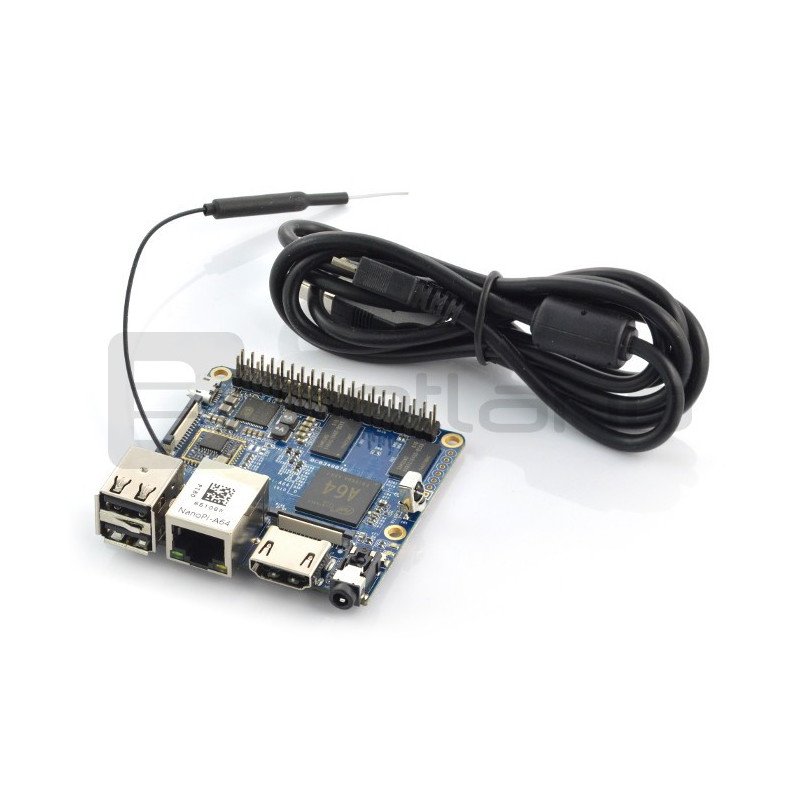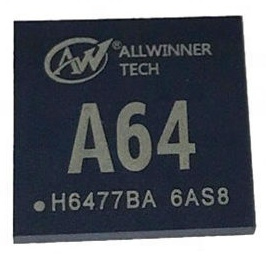

Still despite that some members of the Linux Sunxi Community are already busy working with the Pine A64. With limited information and support when they tried to come up with proper Linux support for Allwinner based devices. That basically meant that the existing friendly and supportive Open-Source community for the Allwinner related SoC’s often had to work Why? Well, it seems that the relationship between Allwinner Technology and the Open-Source community has not always been the best in the past. Relatively soon it became obvious that this would not be an easy task. Impatient as we are, once we got the device, we immediately started out to rectify this by getting HypriotOS to run on it.
#Allwinner a64 arm cortex a53 android#
Still for us it is a tad annoying that Android is first instead of Linux. The Pine makers assured us that Linux support will come, too. One of the current limitations of the Pine A64 is that it only runs with Android. Seeing is believing and as such we prepared a couple of photos that we made from our own Pine A64+ board with 1 GB. We were lucky enough to secure an early developer version of the device, which arrived a couple of days ago.

If it turns out that the build quality and support of the board is on par with that of the Raspberry Pi that could indeed considered an impressive accomplishment. It is called the A64+ and costs a bit more with $19 (1 GB version) or $29 (2 GB version).Įven at $19 for the 1 GB version that’s nearly half of the price of a Raspberry Pi 2. Just be aware that you’ll get these specs only with the high-end version of the Pine. Those specs set the Pine A64 distinctly apart from the Raspberry Pi 2, which much to our regret only provides 100 Megabit Ethernet. What excites us the most here, is the 64-bit architecture combined with 2 GB of memory and Gigabit Ethernet.
#Allwinner a64 arm cortex a53 series#
Next comes the much more expensive AMD Opteron A1100 series where an individual chip alone starts with a price tag of $150.Īll in all that means that the Pine A64 is the most affordable way to lay your hands on real 64-bit ARM hardware - and that by a long shot! The NVIDIA ShieldTV, which sells for about $200. The cheapest 64-bit ARM board we knew before the Pine was It very much is, when you put that price into perspective. So why is that noteworthy when there are boards like the Pi Zero around that sell for $5? It was a campaign to fund the cheapest 64-bit ARM board that can currently be bought for money. That piqued our curiosity ended after 44 days and was able to raise 1.7 million dollars. Last Saturday one of the more promising Kickstarter campaigns The Pine A64 is about to become the cheapest ARM 64-bit platform to run Docker Mon, Jan 25, 2016


 0 kommentar(er)
0 kommentar(er)
